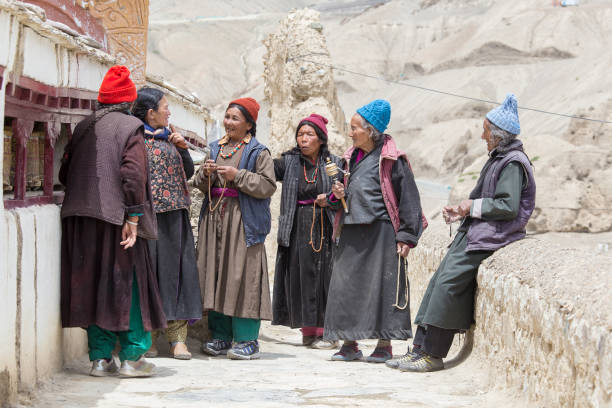
Kashmir’s Role in the Silk Route: Trade, Commerce, and Cultural Exchange
Nestled amidst the majestic Himalayas, Kashmir has long been celebrated for its breathtaking landscapes, rich cultural heritage, and strategic geopolitical significance. Beyond its scenic beauty, Kashmir holds a pivotal place in the history of the Silk Route, an ancient network of trade routes that connected the East and West. The Silk Route not only facilitated the exchange of goods but also fostered cultural, religious, and intellectual interchange. In this blog, we delve into Kashmir’s crucial role in the Silk Route, exploring its contributions to trade, commerce, and cultural exchange.
Trade Routes:

- Kashmir served as a vital crossroads on the Silk Route, connecting the Indian subcontinent with Central Asia, China, and the Mediterranean world.
- The famous Silk Route branched into several pathways, with one passing through the Kashmir Valley, known as the ‘Silk Route of the South’.
- Merchants from distant lands traversed through the treacherous mountain passes of the Himalayas to reach Kashmir, drawn by its lucrative trade in silk, spices, precious stones, and other commodities.
- The Valley’s strategic location facilitated trade not only between the East and West but also between Central Asia, Tibet, and the Indian plains.
Commercial Centers:

- Srinagar, the capital of Kashmir, emerged as a bustling commercial hub along the Silk Route, renowned for its vibrant bazaars and skilled artisans.
- The city’s famed markets, such as the ancient bazaars of Shah Hamdan and Zaina Kadal, buzzed with activity as traders bartered goods from distant lands.
- Kashmiri merchants were revered for their expertise in handicrafts, particularly in the production of exquisite carpets, shawls, and papier-mâché items, which found eager buyers along the Silk Route.
- The establishment of caravan serais (rest houses) provided weary travelers and traders with much-needed respite, further enhancing Kashmir’s significance as a commercial center.
Cultural Exchange:

- Beyond its economic importance, Kashmir played a pivotal role in facilitating cultural exchange along the Silk Route, serving as a melting pot of diverse civilizations.
- The arrival of merchants, scholars, and travelers brought with it a fusion of ideas, languages, religions, and artistic traditions, enriching Kashmir’s cultural tapestry.
- Buddhism, introduced to Kashmir via the Silk Route, flourished during ancient times, leaving behind an indelible imprint on the region’s religious and artistic heritage.
- The spread of Islam to Kashmir, facilitated by Sufi saints and traders traveling along the Silk Route, further transformed the socio-religious landscape of the Valley.
- Kashmir’s architectural marvels, including the iconic Shankaracharya Temple and the historic Khanqah-e-Moula, bear testimony to the interplay of diverse cultural influences along the Silk Route.
Conclusion:
Kashmir’s enduring legacy as a key node on the Silk Route underscores its profound historical significance in shaping the course of trade, commerce, and cultural exchange across civilizations. As we navigate the complexities of the modern world, it is essential to recognize and celebrate the role of regions like Kashmir in fostering connections and bridging divides through the ages. The echoes of the Silk Route continue to resonate through Kashmir’s storied past, reminding us of the enduring bonds that transcend geographical boundaries and unite humanity in a shared tapestry of heritage and exchange.





